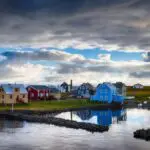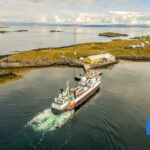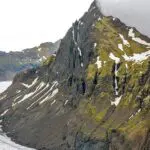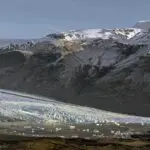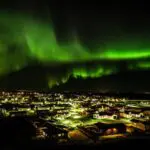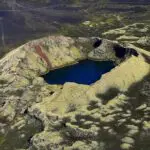From its humble beginnings to its prominent role in Icelandic culture today, coffee holds a special place in the hearts of locals. Join us as we delve into the history, traditions, and thriving coffee scene of Iceland. From the earliest records of coffee consumption to the bustling coffee houses in Reykjavik, we’ll uncover the unique charms and flavors that make coffee in Iceland a delightful experience. Get ready to discover the deep-rooted love for coffee in the land of fire and ice.
Where to Find Coffe in Iceland
In our blog, Best Coffee Houses in Reykjavik, you will find a list of our favorite places to drink coffee.
The coffee houses in Iceland offer a wide variety of coffee drinks, from espresso to cappuccino and more. At the same time, some might offer their versions of Frappuccino. One additional coffee house, which is a recent favorite, is the Cat Café. We visit it on our Reykjavik CatWalk Tour and we just can’t get enough of it!
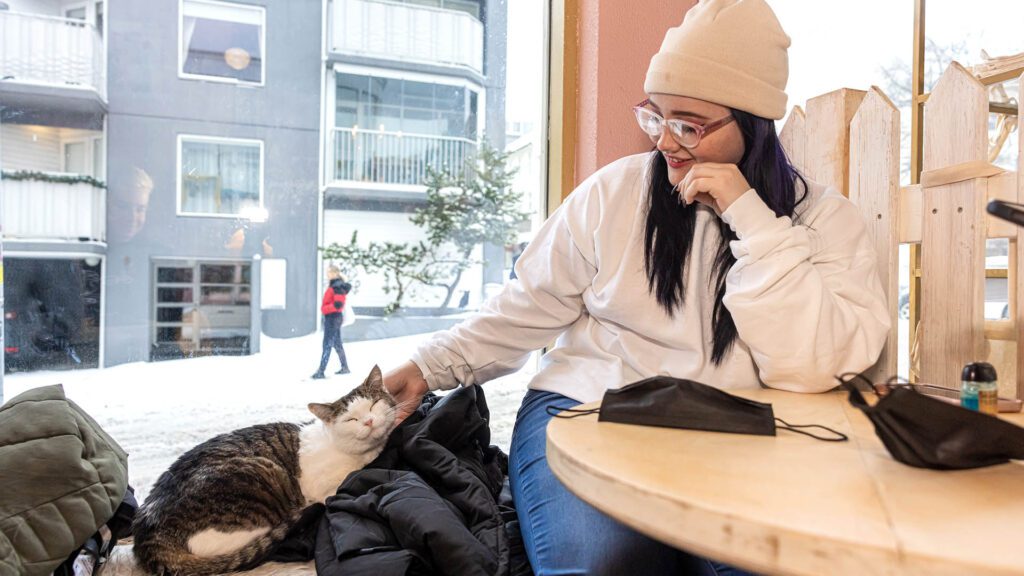
There are quite a few places in Reykjavik (and Iceland as a whole) that are coffee houses during the day and then a bar, a club, or a restaurant in the evening. A good example is Prikið, on the corner of Ingólfsstræti and Bankastræti.
The house has a long and fascinating history. It was initially built in 1868 but has undergone significant changes over the years. In the 1950s, Silli and Valdi, who owned the most famous grocery store in Reykjavik, purchased the house and opened the restaurant Adlon. The fixtures they put in are still in place, except for the bar stools bolted to the floor. In 1968, the restaurant changed its name to Prikið and became a café.
Despite changes in ownership and purpose, the name has remained the same. Today, it serves as a bar, club, and restaurant with delicious food.
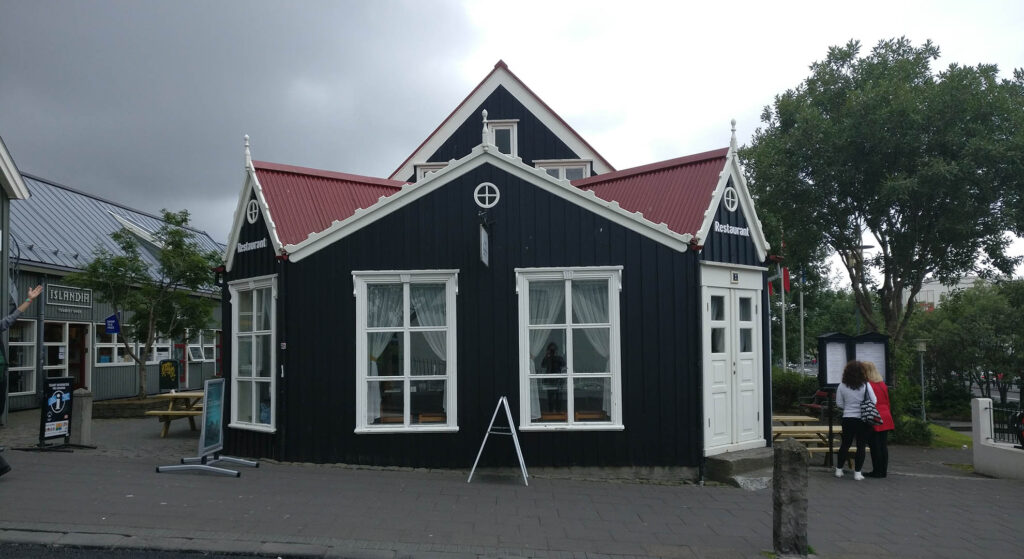
Another unique example is Baka Baka, a coffee house and bakery during the day and a pizza restaurant in the evenings. It is located in one of Reykjavik’s oldest houses, at Bankastræti 2, just above the Punk Museum, which is housed in a disused public toilet! The house was built to accommodate Iceland’s first bakery, which began operations in 1834.
When did Icelanders begin to drink coffee?
The oldest known source on coffee drinking in Iceland is a letter from Lárus Gottrup, A letter dated November 16, 1703, written by Lárus Gottrup, a lawyer, to Árni Magnússon, a professor and manuscript collector; it is the oldest source that has been located regarding the consumption of coffee in Iceland.
During their conversation in Althing that summer, Árni expressed disappointment in failing to order coffee from Copenhagen. Even though Gottrup wasn’t much of a coffee drinker, he sent along a quarter of a pound’s worth of coffee beans so Árni wouldn’t be without. He expressed regret for the insufficient amount that was sent. In the early 1700s, it was common knowledge that Árni spent time at a tea house in Copenhagen. By 1721, he had a silver coffee pot weighing almost a kilo made specifically for him. This almost certainly makes him one of the first Icelandic coffee and tea addict.
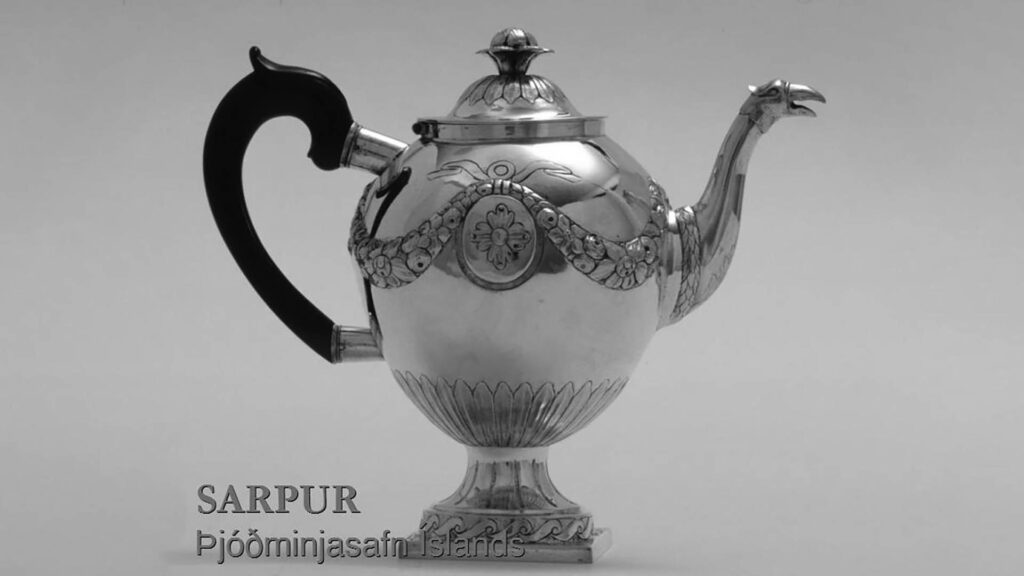
Around the middle of the 18th century, Danish officials stationed in Iceland were equipped with devices and tools for pouring and serving coffee and tea. However, Icelandic officials’ homes rarely housed them before 1760. Initially, they exclusively consumed tea as their beverage. In the spring of 1761, upon his passing, a reverend in North Iceland possessed a tea kettle, a teapot, a milk jug, and six pairs of cups.
The Higher Classes Were Quick to Get Hooked
Eleven years later, the widow of a former provost left behind an English pewter coffee pot and a matching saucer. Director of Health Bjarni Pálsson and the explorer Eggert Ólafsson brought a coffee grinder on their travels around Iceland between 1752 and 1757. When Bjarni passed away in Nes by Seltjörn in 1779, he possessed a tea kettle and a coffee kettle that were four years old at the time of his death.
Around 1780, most priests and magistrates had already adopted warm beverages, which had been introduced to Europe more than a century earlier. At the same time, the wealthiest farmers also adopted the custom. The couple Þorkell Jónsson and Guðrún Sveinsdóttir Skagi, who passed away in 1785, owned a tea kettle, a teapot made of black clay, another with a wooden lid, three sets of matching cups, and three teaspoons, which exemplified this trend.
The New Enterprises (Innréttingarnar) employees in Reykjavik and Icelanders working in shops in primary market towns began showing an interest in coffee. At the same time, regular farmers did not at that point in time. Merchants first listed coffee beans on price lists in 1776 at 32 shillings per pound. This price was slightly lower than the standard valuation of small coffee pots. In the subsequent years, the total imports slightly increased. Importers brought roughly the same amount of tea and coffee across the ocean.
Icelanders Become Coo-Coo for Coffee
From 1819 to 1840, coffee imports increased by a factor of nine, from almost five tons to 44 tons per year. This means that each human child consumed around 800 grams of coffee. Norway consumed 100 grams less at the same time, while Sweden consumed half a kilo less. In the Netherlands, the consumption was just over three kilograms. The quantity of imports continued to rise in the subsequent years, reaching 152 tons in 1849 and 213 tons in 1855, or three kilograms per individual. The West Indies supplied most of the imported coffee. Icelanders import over 3 million kilos of coffee yearly to provide a modern comparison.
The coffee consumed rose significantly over three decades in the early 19th century. In 1849, the reverend on Flatey Island observed, “You will scarcely find a town in West Iceland that does not enjoy coffee equally with food. Some people consumed it thrice a day and preferred it strong. As coffee consumption spread, people considered travelers and sailors at sea impolite if they did not wait for coffee, regardless of the sea or weather conditions. At least one cup of coffee was necessary for farmers and laborers to begin their work.”
The 19th-Century Brought Even More Coffee
The consumption rate increased even further in the second half of the nineteenth century. In 1896, Bjorn M. Olsen calculated that it had multiplied by a factor of fifty in the preceding sixty years.
The transcriptions of estates give insight into Icelandic culture and enable tracking the increasing popularity of coffee. Tea was more common in homes of higher social standing than coffee before the 1830s. However, around the 1830s, less financially successful farmers began joining the coffee community.
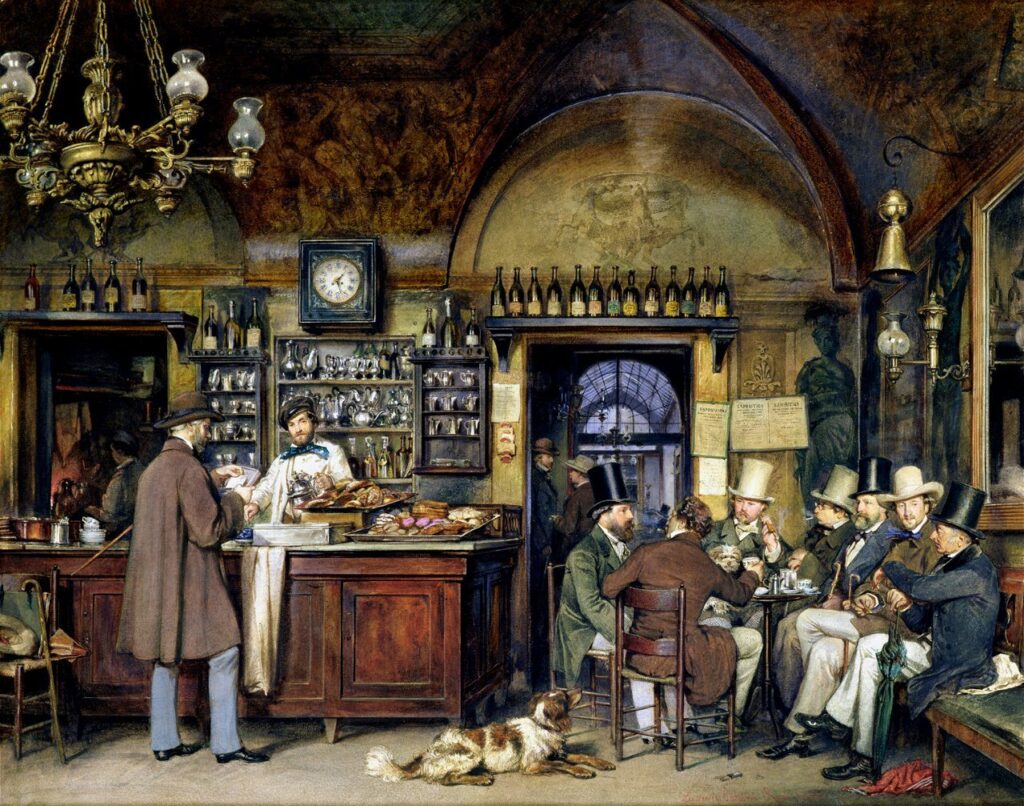
Despite this, some individuals still preferred tea over coffee, such as Jón Jónsson from Sauðey Island. In 1831, he owned an old tea kettle and a smaller one, but he did not own a coffee pot. By the mid-19th century, coffee pots, kettles, and grinders were considered essential equipment for any household that took itself seriously. This trend was consistent with the growing popularity of coffee-related items in Europe and America. This increase in demand was due to the significant rise in global coffee production. Price was also on the decline, and the public’s interest rose, and they undoubtedly embraced the brown liquid. Coffee stopped being a luxury and became a necessity.
Icelanders are caffeine drinkers
Icelanders consistently rank third or fourth biggest coffee drinkers – per capita, of course. And then some don’t drink coffee but drink caffeine drinks instead. It has become an increasingly big problem among teenagers. Ultimately, the government decided to ban caffeinated drinks for everyone under 15.
Kaffitár, Te og Kaffi, and Reykjavík Roasters are among the three companies that roast their coffee here in Iceland. Each of these companies has multiple coffee houses. Kaffitár has 5, Te og Kaffi has 8 and Reykjavík Roasters has 3.
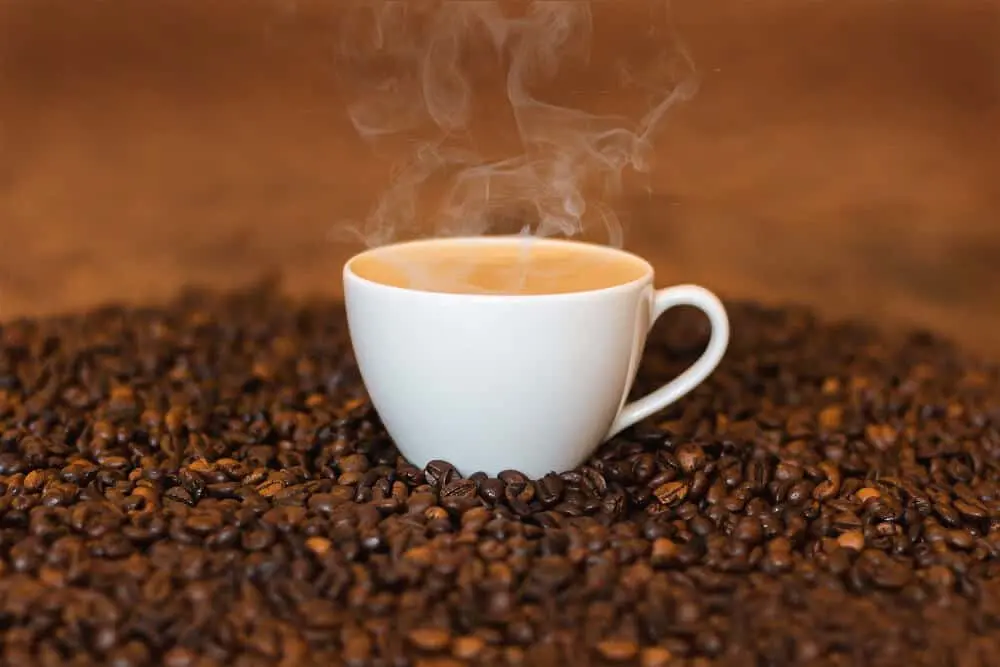
You will be able to buy coffee almost everywhere. Most gas stations will have some coffee for sale, usually from Kaffitár or Te og Kaffi. You will, however, not find Starbucks, Costa or any of the other multi-national coffee houses in Iceland. Dunkin’ Donuts (and Krispy Kremes) had a short visit in Iceland, but overall the coffee house chains are Icelandic.

